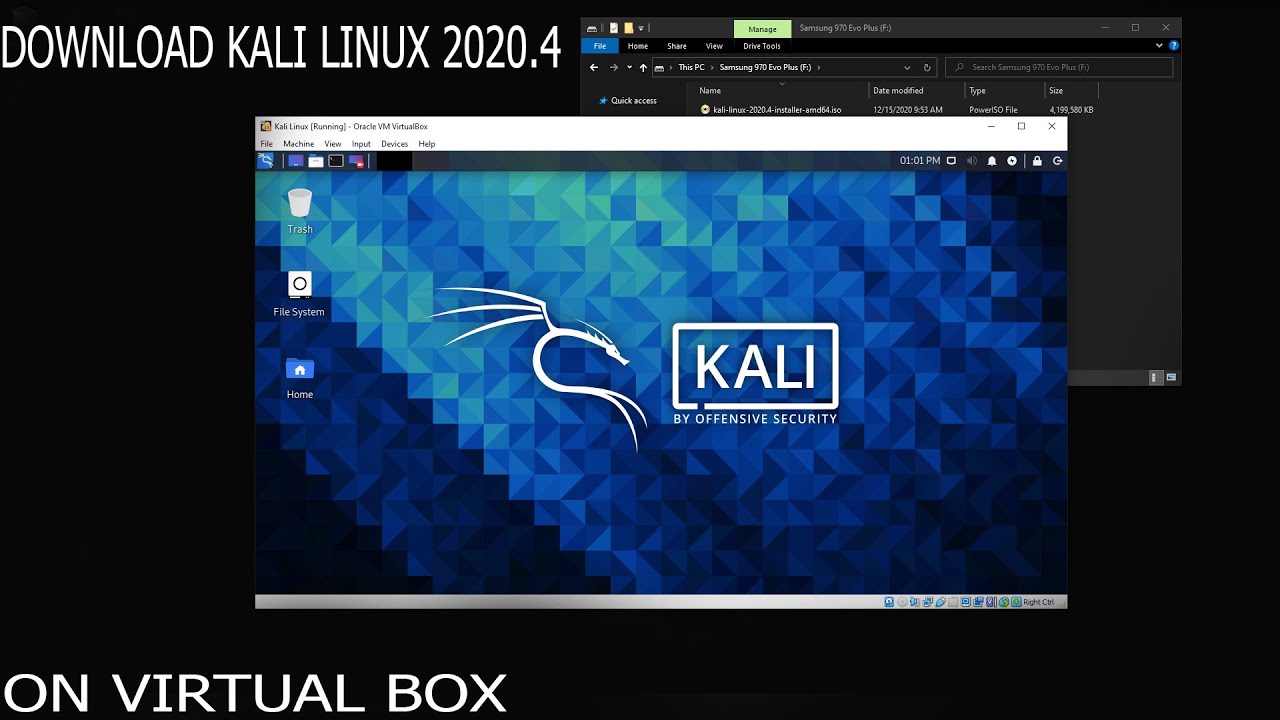
- #Kali linux download install
- #Kali linux download iso
- #Kali linux download download
- #Kali linux download mac
The Step-By-Step Process of Installing Kali Linux on VirtualBox
#Kali linux download iso
Browse the Kali Linux installation ISO image that you have downloaded from the official site before ( ). Click the empty status, then click the disc icon near IDE Secondary Master and in the opened menu, select Choose Virtual Optical Disk File. In the VM settings, go to Storage, select an IDE controller of your virtual optical drive (it is empty by default). You have to insert your virtual ISO DVD image to a virtual DVD drive of the VM and then boot a virtual machine from that ISO disk.

#Kali linux download mac
You can set additional options such as network adapter name, type, MAC address etc. In this case, the VM network adapter is connected to the same physical network as the host machine. Let’s select the Bridged mode to use the VM network adapter much as you would for a physical network adapter of the host machine. Next, go to the network settings and select the networking mode of the virtual network adapter of the VM. It will be useful for applications that need 3D acceleration. Next, tick the checkbox Enable 3D acceleration (optional). Go to Display > Screen and set Video Memory to 128 MB. Select your recently created virtual machine and open the VM settings.

Storage on physical disk: Dynamically allocated (the analog of thin provisioning in VMware).Ĭlick Create to finish creating a new VM.Īfter creating a new VM, some additional settings must be configured. It is recommended that you store virtual disk files in the VM folder (such folder is selected by default). Set the virtual disk file location, for example C:\Virtual\VirtualBox\Kali_圆Kali_圆4.vdi Hit Create to continue and configure a new virtual hard disk. Hard disk: Create a virtual hard disk now. In the current example, a host machine with 16 GB of RAM is used, which provides enough memory left for a host OS. The VM memory size must be large enough to run a guest OS, though you should leave enough unallocated memory to run your host OS. Try not to use a system partition to store VMs). Machine Folder: C:\Virtual\VirtualBox (This path is used only for demo purpose. Open VirtualBox and create a new VM ( Machine > New or Ctrl+N) on which Kali Linux will be installed. Once you have downloaded the installation image, you can create a new VM. You can also verify the SHA256 check sum to make sure that your image is consistent after finishing downloading. Save the ISO file to a custom folder, for example, C:\VirtualBox\.
#Kali linux download download
You can download images via HTTP and Torrent protocols. Let’s download Kali Linux 64-bit v.2019.2 – this distribution has Gnome as a graphical user interface (GUI). There are multiple 32-bit and 64-bit images that have different graphical user interfaces (Gnome, KDE, XFCE, LXDE etc.). Downloading the Installation Image of Kali Linuxįirst, go to the official web site and download the ISO image of Kali Linux.
#Kali linux download install
Please install VirtualBox Extension Pack on your host machine to use some advanced features such as USB pass-through.

Make sure that VirtualBox is installed on your host operating system before continuing, using the latest VirtualBox version if possible. You can attach physical USB devices, such as external network adapters directly to a VM due to the VirtualBox USB pass-through feature.You can copy a configured VM on which Kali Linux is installed to other computers.The risk of harm to Kali Linux on a VM is minimal as a result. You can take a snapshot and roll back to the previous VM state if something goes wrong.A VM running Kali Linux is isolated from your host OS – running Kali on a VM in an isolated environment is secure.By running multiple operating systems simultaneously (a host OS and a guest OS or multiple guests), you don’t need to reboot a computer as when using dual boot.The advantages of installing Kali Linux on VirtualBox are:



 0 kommentar(er)
0 kommentar(er)
